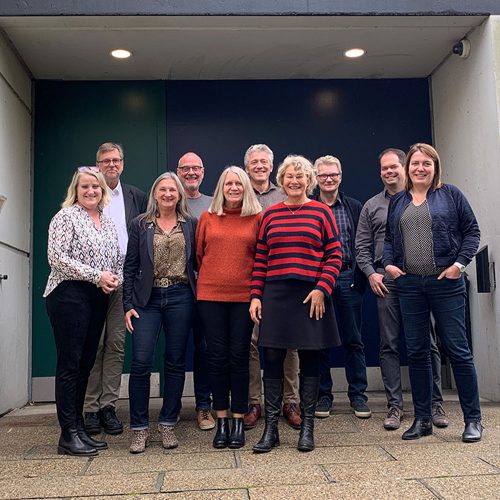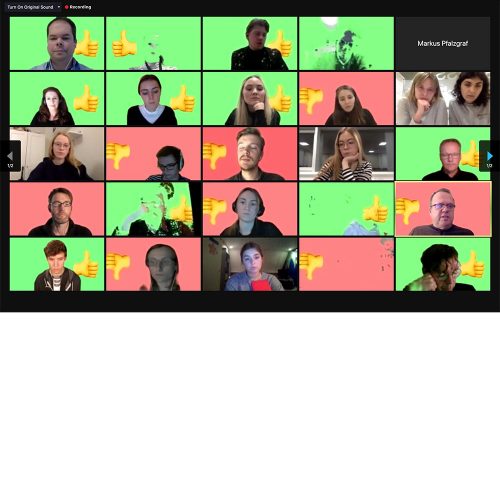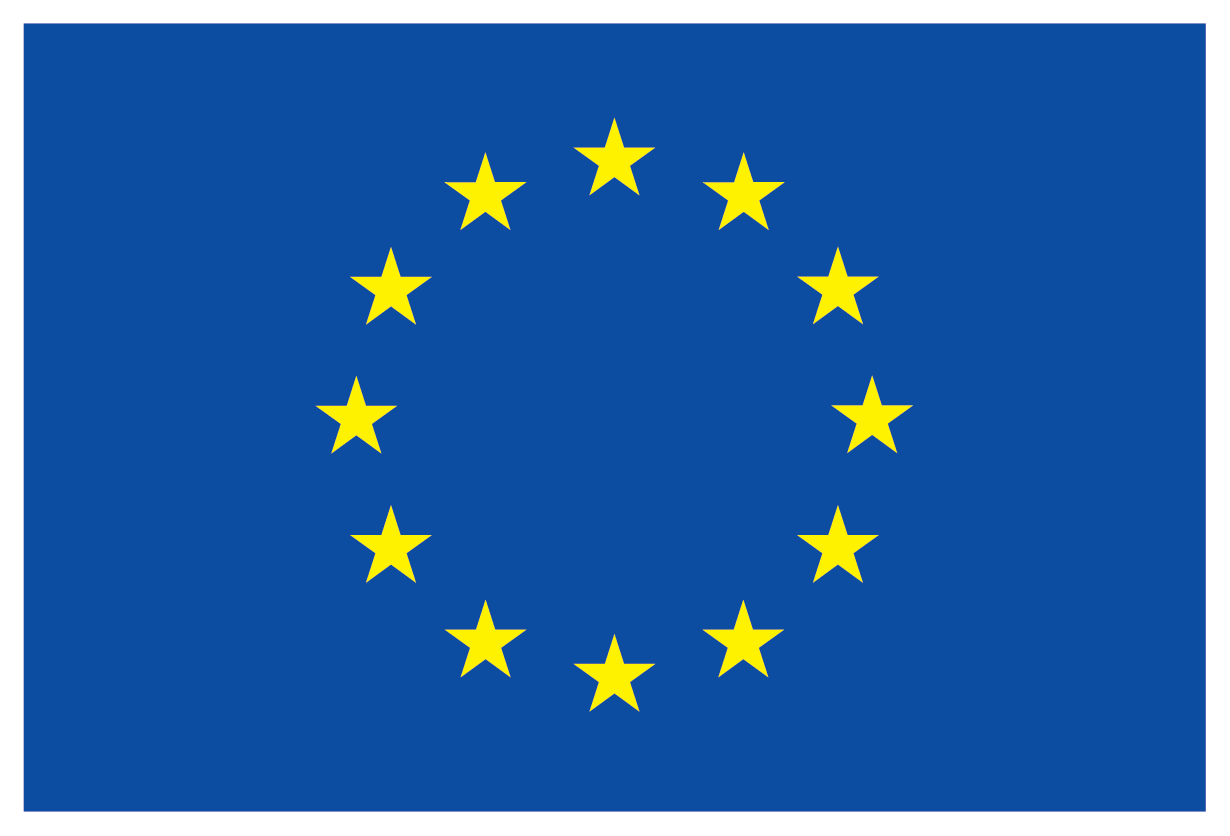Ask for ideas
Ask people, what they want to know or what questions and curiosities they have. It can be on a specific topic or in general.
In 2019, three journalism schools from Denmark, Germany and the Netherlands joined forces with the goal to develop curricula for teaching audience engagement and dialogue under the umbrella of constructive journalism. This website is an inspirational guide based on experiences from three years of teaching.




The DIALOGUE project has been funded from 2019 until 2022 as an Erasmus+ project by the European Commission.
Hear what students think about teaching dialogue-based journalism in the video.
Dialoguebased journalism is a widened journalistic approach with the aim to bring audience into the news production process from idea to evaluation, to make citizens participate in the creation of stories, to include diverse voices, to find out which problems are relevant for the audience with the audience. While remaining critical.
The ambition for dialogue-based journalism is to empower and engage citizens to overcome feelings of hopelessness and of alienation from society.
Ask people, what they want to know or what questions and curiosities they have. It can be on a specific topic or in general.
Asking the audience to participate in the research on a topic or a specific story. The audience can provide personal experiences, they can help observe and report on a specific phenomenon in their neighbourhood or everyday life. They can help gather documents, pictures, inspiration. The sky is the limit.
Teaching people from the community to be journalists, and be there as a journalistic backing group, where you help them with ethics, critical questions, research and other classical journalistic skills, but let them hold the microphone, be in front of the camera, decide the ideas and ask the questions.
Open editorial meetings are when media open up the editorial process and invite the audience to have a say in how the media should cover a specific topic. They can give ideas, opinions and lead you in the direction of good sources.
A panel of a representative part of your audience or target group, which you can involve in various ways in your journalistic process. You can send them questionnaires, but also have them respond to a story idea or even a published story and ask them what they would like to hear more about. Ask them to give their insights based on their experience or knowledge. Or if need be even have personal contact (but only if they share their contact details, as responses in general should be anonymous).
Students have two major assignments:
1. Dialogue project (7 weeks). Students dive into a societal problem and zoom in on specific places where it is manifest. They listen to affected people and other relevant sources, and they involve citizens through crowdsourcing techniques. They publish online and moderate.
2. Debate project (3 weeks). In small groups, students arrange and facilitate constructive debates and chose one of two types: A) A constructive debate between two people with opposing views or B) A conversation with at least six to ten people.
Students work in small editorial groups on production assignments from media partners. First, they seek out their audience in real life and on social media. They consult them on topics and angles. In the second phase, they arrive at productions in which they involve their audiences before, during and after the publication process. Finally, they evaluate the process and reflect on audience engagement in journalism.
In editorial teams, students research and produce a journalistic product on a specific topic and implement it in cooperation with a media partner. The product should serve as a best-practice example of constructive and dialogue based journalism. They learn how to have newsroom discussions and how to moderate a debate.
Professor in Digital News Journalism
Associate Professor
International Coordinator
Assistant Professor
Assistant Professor
Curriculum Coordinator
Researcher and Docent
Project assistant
We are committed to exploring the strengths of dialogue-based and constructive journalism.